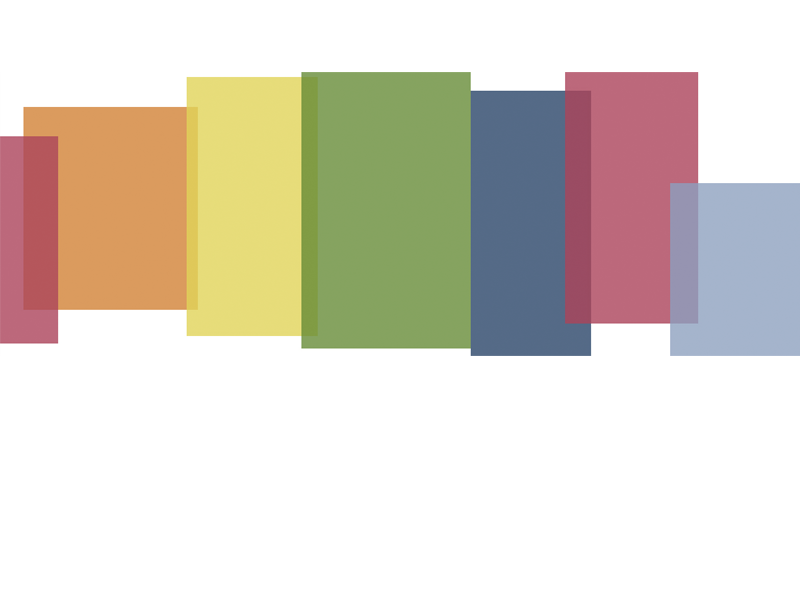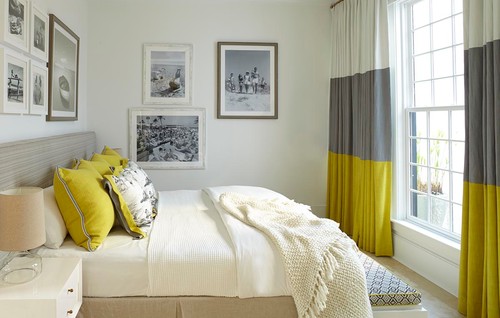This week we are delving into one of our favorite modern trends: color blocking.
What exactly is color blocking? This design technique is all about showcasing curated combinations of color. In its essence, this style focuses upon two or three colors and simple, graphic shapes to create a striking impact and vibrant energy.
Color blocking arose during the modernist art movement of the 20th century. A pioneer of this style, Dutch abstract painter, Piet Mondrian is most well known for his classic work, Composition with Large Red Plane, Yellow, Black, Gray, and Blue (1921). In this piece, Mondrian employs black lines to outline asymmetrical sections of flat primary color set against a white background. Other key color blocking figures include Josef Albers’ exploration of the “relativity” of color in his series Homage to the Square and Henri Matisse’s collages of color cut outs.

Yves Saint Laurent Dresses photographed by Eric Koch.
Following the popularity of 1950s pop art, the fashion world began to explore how color blocking could frame the shape of the human figure. In 1965, Yves Saint Laurent showcased a collection of six Mondrian-inspired dresses. The simple wool shifts exemplified how fashion and art could complement each other in everyday style. Since then, color blocking has become a staple trend, with each decade embracing different trending colorways.
Interior décor is another great stage for the color blocked look. Let’s consider some of the challenges and opportunities involved when working color blocking into a room.
Consider first: what are the most important pieces and how can you work around them? Can they be reupholstered, can they be accessorized, or both? A sofa would be a permanent commitment while a cushion would offer a simple taste. Likewise, a tablecloth would be a bolder statement than a set of placemats.
Next, explore what kind of color palette you are looking for. Are there statement colors already in play or subtle accents that you want to draw out? While modernist homes generally stick with monochromatic schemes and Mondrian-esque primaries, contemporary color blocking might unexpectedly combine primary and secondary colors with neons or pastels. Use our Huesteria Palette to get the perfect color match!
Finally, there are different ways to color block with textile design. A selection of solids would adhere to a minimalist style. However, oversized, chunky stripes can also offer the same effect. Yet another alternative approach would be to use the WeaveUp color customizer to put a graphic print into large scale, creating an eye-catching array of shapes.
You can start with our Color Blocking Collection, curated by the WeaveUp design team.
How will you use color blocking in your home? Tell us in the comments!









Leave A Comment